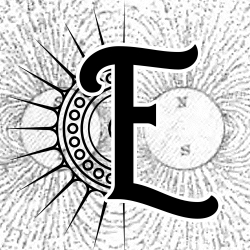
Electrotonic Letters
Delivering semi-regular letters and tidbits on the history of energy, from nineteenth-century thermodynamics to contemporary work culture and chronic illness.
By registering you agree to Substack's Terms of Service, our Privacy Policy, and our Information Collection Notice